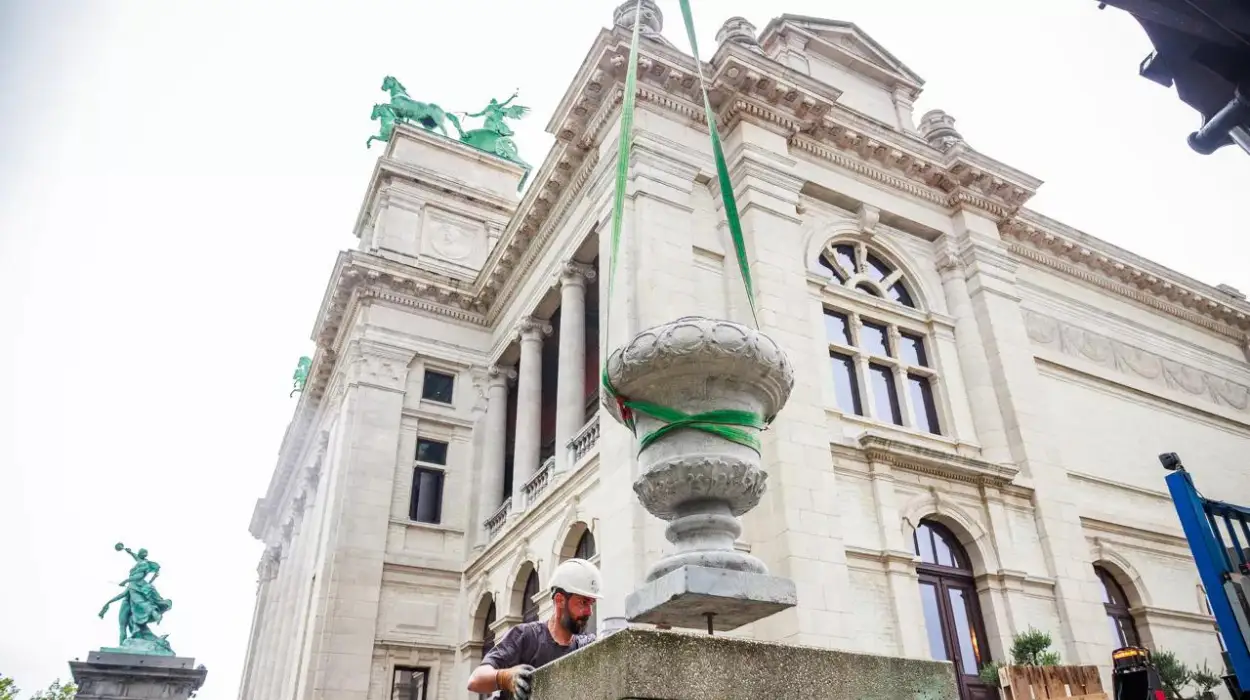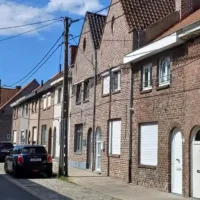Antwerp (The Brussels Morning Newspaper): The ornamental vase, symbolizing Antwerp’s Spanish rule, has returned to the Royal Museum of Fine Arts. Mayor Bart De Wever highlighted its historical importance linked to the 16th-century citadel.
The decorative vase is back in the square in front of the Royal Museum of Fine Arts (KMSKA) in Antwerp, and it has historical importance. This area used to have a citadel built during the Spanish rule in the 16th century. The citadel was built by the Spanish Habsburgs as part of a series of defenses, not just to protect the city but mainly to control the local people. The Duke of Alva, a Spanish leader known for being strict, played a big role in building it. The citadel was a symbol of Spanish power and showed their control over Antwerp and the surrounding area.
How does the return of Antwerp’s vase reflect Spanish rule history?
It has been said that the vase is back in its original spot, reminding historical time and the city’s complicated past under Spanish rule. Mayor Bart De Wever pointed out that even though the citadel was said to be built for defense, its real goal was to keep Spanish control and stop local people from resisting during a difficult time in Antwerp’s history.
The ornamental vase is a historical piece from the citadel, connected to a time of trouble. The Spanish destroyed a statue of the Duke of Alva, who was not liked in the area. They then put a beautiful ornamental vase in its place, which stayed there for 300 years. This vase became one of the few visible pieces of the old citadel, helping to keep its history and culture alive. It has been said that its long presence shows how important it is and the changes that happened in the citadel over the years.
When the citadel was taken down in 1868, the vase was put in the Museum of Antiquities in Het Steen. After that, it was forgotten and kept in different storage places. Now, we are putting the vase back in a public area in front of the KMSKA. I hope it will stay there forever, De Wever said.



